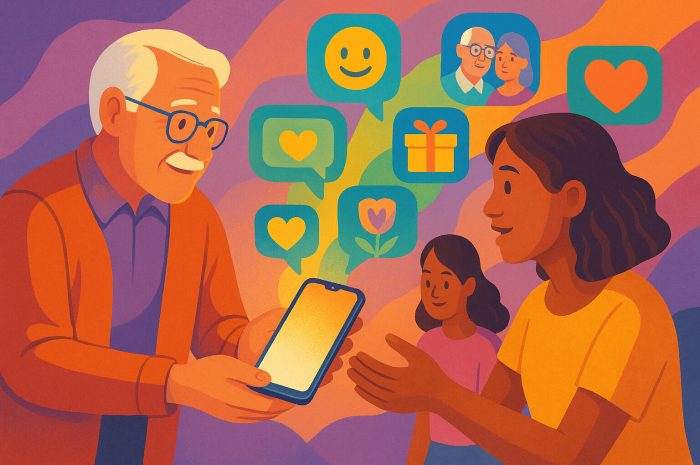How Stories Come Alive Through Cooking With every dish served, a story is passed along. It’s not just food that fills the stomach. Every ingredient, every cooking method, and every shared meal bring history back to life. Food and recipes as a storytelling medium show how meals can bridge generations, Continue Reading
The Art of the Six-Word Story
Why the Six-Word Story Is So Captivating There’s a unique joy in crafting an entire story using only six words, a challenge perfectly captured by the Art of the six-word story. With such brevity, the mind is forced to select only the most essential parts of the narrative. It can Continue Reading
Visual Storytelling Without Being a Designer
How to Create Visual Storytelling Without Design Experience Preserving memories has always been part of human life. From old photographs, letters, and documents, to videos and audio recordings, each piece holds an important story. Today, preserving and sharing these memories has become easier and more meaningful with the help of Continue Reading
Curating a Memory Gallery with QR Codes
How Memory Galleries Become More Personal and Modern with QR Codes Preserving memories has always played an important role in human life. Traditionally, people kept old photographs, letters, and documents, while videos and audio recordings later added new ways to capture meaningful moments. However, technology has now transformed how we Continue Reading
Storytelling for Personal Growth and Healing
Why Storytelling Becomes a Pillar for Growth and Healing Everyone carries experiences they try to hide and memories that aren’t easy to share. Storytelling for personal growth and healing becomes a bridge to release emotions, narrate experiences, and learn from the lessons they bring. With every word spoken or written, Continue Reading
Structuring a Life Story with Claude AI
Why Using Claude AI Is Helpful in Organizing a Life Story Many people have stories they want to share, but don’t know where to start. With so many memories, it can be hard to choose what matters most. This is where structuring a life story with Claude AI becomes useful. Continue Reading
How to Build a Digital Yearbook of Personal Moments
Saving Everyday Memories That Matter A digital yearbook isn’t just about big events. It’s about the smaller, quieter things that make a year feel meaningful. Things like a funny message, a late-night snack photo, or a kind note from a friend can say more than a posed picture ever could. Continue Reading
Why Your Old Text Messages Could Be Part of Your Legacy
Everyday Conversations That Say So Much Text messages may feel ordinary, but they often capture some of life’s most honest moments. They’re the fast notes sent during a lunch break, the check-ins late at night, or the jokes shared on tough days. Over time, those messages form a quiet timeline Continue Reading
How to Collect Birthday Stories From Every Generation
Why Birthday Stories Connect Us Across Time Birthday stories are more than just memories of cake and candles. They hold the rhythms of family life, the styles of different decades, and the voices of each age. Whether it’s a tale from a grandparent about a party during wartime or a Continue Reading
Comparing Story Mapping Tools for Visual Thinkers
Why Story Mapping Appeals to the Visual Mind Writers who think in scenes, shapes, and flow often find linear outlines limiting. They may see a story more like a web than a list. For visual thinkers, traditional outlining doesn’t always match how ideas actually form. Story mapping tools solve that Continue Reading









